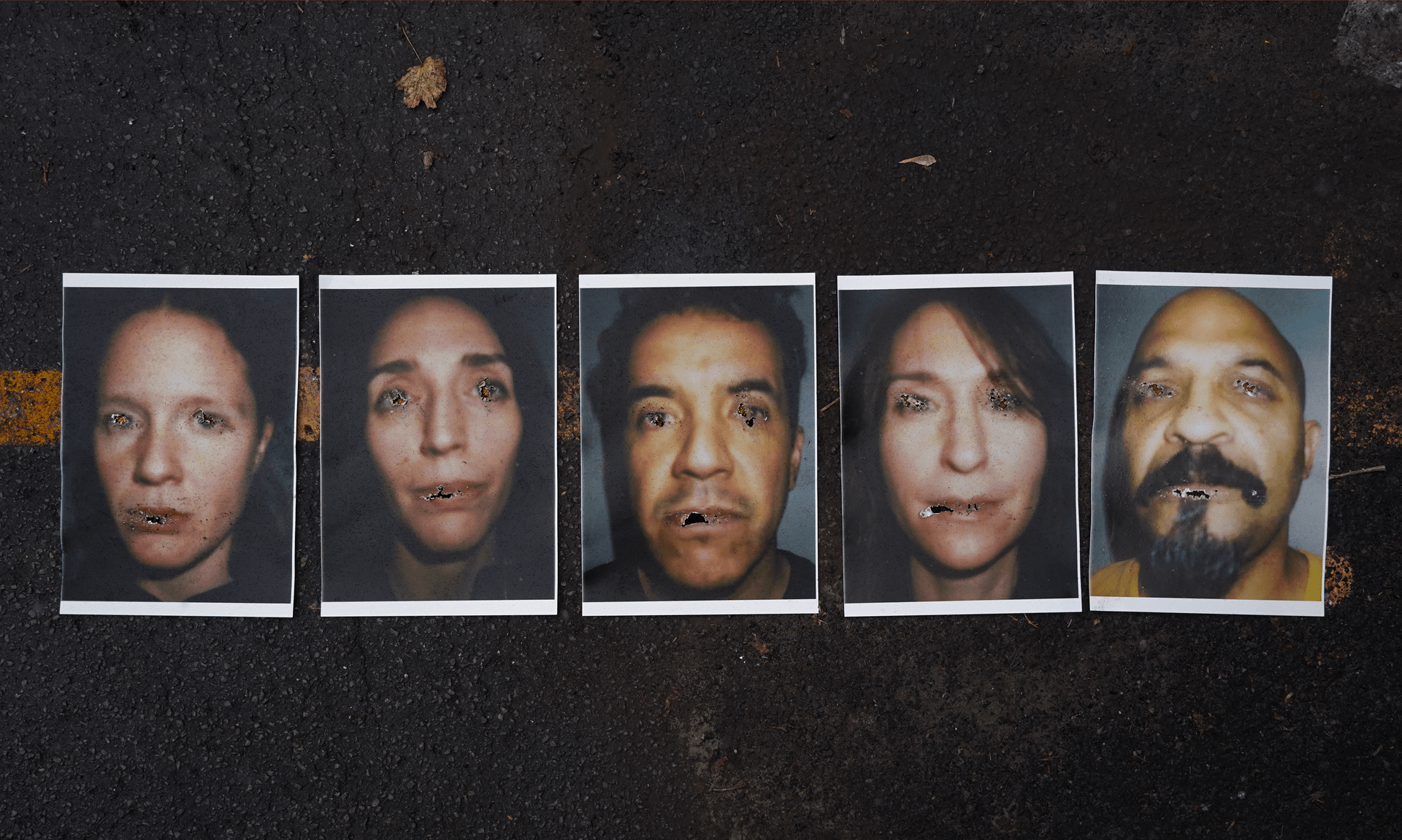Concordia multimedia arts collective BANAL to debut interdisciplinary performance at the MAI
 BANAL members, from left to right: Veronica Mockler, Annabelle Brault, José Cortés, Léah Snider, Vivek Venkatesh
BANAL members, from left to right: Veronica Mockler, Annabelle Brault, José Cortés, Léah Snider, Vivek Venkatesh
A Concordia arts collective will be spotlighting the connection between the banal and the extreme in their upcoming show, NORMES. The show takes place at Montréal, arts interculturels (MAI) on Friday, December 8.
In NORMES, BANAL reflects on how the extreme has become commonplace. The collective will give a second performance of the show on Thursday, February 22, at the Musée d’art contemporain de Montréal (MAC).
Founded this year, BANAL consists of five musicians, curators, and performance and visual artists from Concordia’s Faculty of Fine Arts and the Centre for the Study of Learning and Performance.
The collective includes Vivek Venkatesh, who is the chair of the Department of Art Education and a professor of inclusive practices in visual arts. BANAL members also include PhD candidates Léah Snider and José Cortés.
Veronica Mockler, BFA 15, MFA 22; and Annabelle Brault, MA 17, round out the group.
The collective shared their inspiration for their upcoming shows, their definition of “the extreme,” and their thoughts on art education.
What is the inspiration behind BANAL? What sparked its creation?
The BANAL arts project complements a theoretical frame that member Vivek Venkatesh recently developed in his role as the UNESCO co-Chair in the Prevention of Radicalisation and Violent Extremism.
His theory of the banal describes how we tend to ignore the mundane nature of the inhumanity to which we are subjected as we face up to increasing political hostilities on a global scale. This perspective eventually leads us to consider the extreme polarizations we see in present-day society.
Through BANAL, we wish to flesh out the unseen, the unheard and the ignored. We want to turn our collective gaze towards the murky centre of that which renders us uncomfortable about ourselves and “the Other”.
“The banal renders extreme art palatable if only because it clearly measures a progression toward the extreme and refuses to pinpoint a single event, moment, or component that can be defined as such; the banal is the journey toward the end point of the extreme”, (Venkatesh, V. p.168).
Can you give us more details about the upcoming performances at the MAI and the MAC?
NORMES will be held at the MAI gallery after a week-long residency. We will be creating live sound performances and accompanying physical installations to shape a musical and performative journey into the banal.
Our debut performance will revolve around the concept of controlling a narrative. We’re interested to see what happens when we remove this pressure to censor ourselves.
What can the audience expect?
Contrary rituals, emblems, and endurance tests are often at the heart of performance art. The larger question for us to consider is where we, in BANAL, situate ourselves with regards to this history. Essentially, we are not really sure — the unknown is our ally. We hope to encourage the audience to engage in an embodied reflection of their relationship to the extreme.
The MAI experience will inform our next performance, which will be held at the MAC. In this second BANAL show, we will respond to the current Pussy Riot exhibition through a unique audio-visual encounter at the MAC’s new location.
Can you tell us more about the relationship between your collective and art education?
Art education is inherently a field that engages with tension and synergies between the role of artists as teachers and vice-versa. BANAL reflects this tension.
Conventional art education is reluctant to criticize the education system. The art form practiced by BANAL is one way to explore the contradictions inherent in the kinds of knowledge we value.
Can you elaborate on how the collective explores the extreme? How does this subject manifest in your work?
We push back against the concept of the extreme as horrifying and unspeakable. We wish to know the extreme through its ordinariness. We want to make a speculative space to unveil its nature.
How does the collective hope to engage and provoke thought, particularly in the current context?
One of the main questions we are grappling with as we build our art is how we might create a performance with the audience. We want to move away from a closed performance site.
In a sense, we want to find a common language between the audience and the performers to produce an embodied experience.
As a musical collective, is the experience primarily music-based or interdisciplinary?
We have taken a democratic approach to composing the music and staging our performance.
As an art collective, each of us contributes our own unique talents and practices. We conceive each performance through an open conversation and a series of rehearsals. Therefore, each proposal can incorporate specific elements, whether stage design, outfits, sculpture, durational performance, sonic experimentation or social interaction.
NORMES debuts at the MAI on December 8 at 6 p.m. and at the MAC on February 22 at 6 p.m.
Excerpt from Venkatesh, V. (2023). Seeking the banality in the extreme: Prescient identifiers of vapid narcissism in an era of post-truth. In N. Varas-Diaz, N. Scott, & B. Bardine (Eds). On Extremity: From Music to Images, Words, and Experiences (pp. 153-170). Lexington Press.
Share your passion for teaching and the arts at Concordia’s Department of Art Education.

